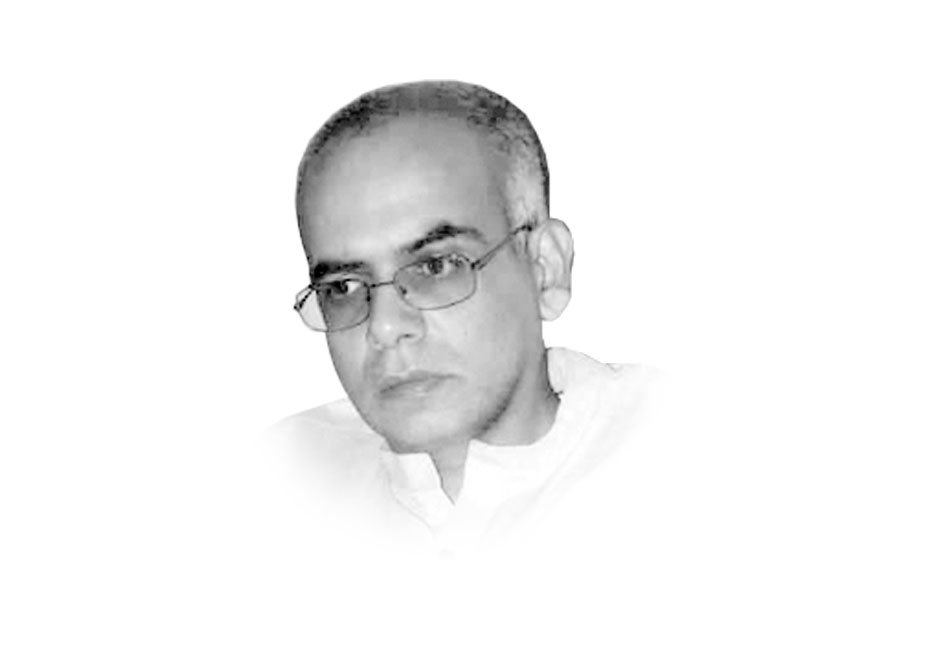
Debt bondage in agriculture and at brick kilns within our country remains a glaring problem. Besides being forced to work due to debt obligations, it is also clear that many others in the informal sector of the economy, such as domestic and sweatshop workers, also face highly exploitative conditions. Effective implementation of existing legislation to safeguard the exploitation of vulnerable segments of our society is evident. Yet, it is also important to acknowledge that the existing attempts to understand and categorise slavery are inadequate, and thus often add little to our understanding of the real scope and extent of the problem. Vulnerability to modern forms of slavery can be affected by a complex interaction of factors ranging from the security situation to economic deprivation, as well as migration flows, displacement and conflict. Accurately measuring the prevalence of slavery is further complicated by the hidden nature of this crime, and also because of the lack of effort put into researching this problem. For instance, despite naming 167 countries, the Global Slavery Index for 2016 was based on interviews of only 42,000 people in 25 countries. In some cases, rankings and prevalence estimates are calculated using data from surveys conducted in other countries deemed to have an equivalent ‘risk profile’.
While the handful of researchers at Walk Free may feel confident about their estimation of slavery across 167 countries, it does not require a statistician to question how sample data from 25 countries can so confidently be extrapolated to make estimations for another 142 countries. Despite such methodological flaws, several editorials in our own local papers have cited our dismal ranking on the Global Slavery Index, without questioning the veracity of this assessment. The point here is not to oppose the need for greater commitment and resources to address the phenomenon of modern-day slavery. Instead, one aims to highlight the problems associated with use of simplistic measures such as the Global Slavery Index, which remain unable to accurately identify, let alone challenge, the underlying structures which perpetuate the exploitation of multitudes of people in slavery-like conditions within countries like our own.
Attempts to produce reliable and replicable data would indeed be a valuable contribution to improving the general understanding of not only how many people have become trapped in varying forms of extreme exploitation, but also how and why this happens. But that is not happening at present. Given the sort of world we live in today, the aim of eliminating modern-day slavery will need more than societal change such as preventing forced marriages. There is need for entities like Walk Free to acknowledge that eliminating slavery without fundamentally changing how our societies and economies are organised will not be possible. This is because the said NGO was itself established by an Australian mining magnate, with backing by Bill Gates. An NGO with such wealthy founders would understandably be hesitant to decry global production structures which are simultaneously responsible for creating enormous deprivation alongside accumulation of obscene amounts of wealth, which in turn continue forcing multitudes of vulnerable people into work conditions which are exploitative enough to be categorised as slavery.
Published in The Express Tribune, June 11th, 2016.
Like Opinion & Editorial on Facebook, follow @ETOpEd on Twitter to receive all updates on all our daily pieces.


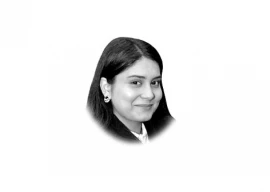

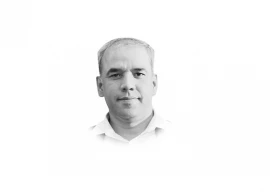


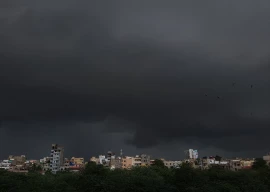

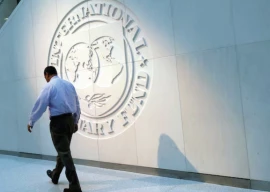

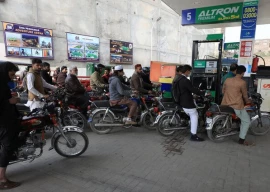

COMMENTS (1)
Comments are moderated and generally will be posted if they are on-topic and not abusive.
For more information, please see our Comments FAQ